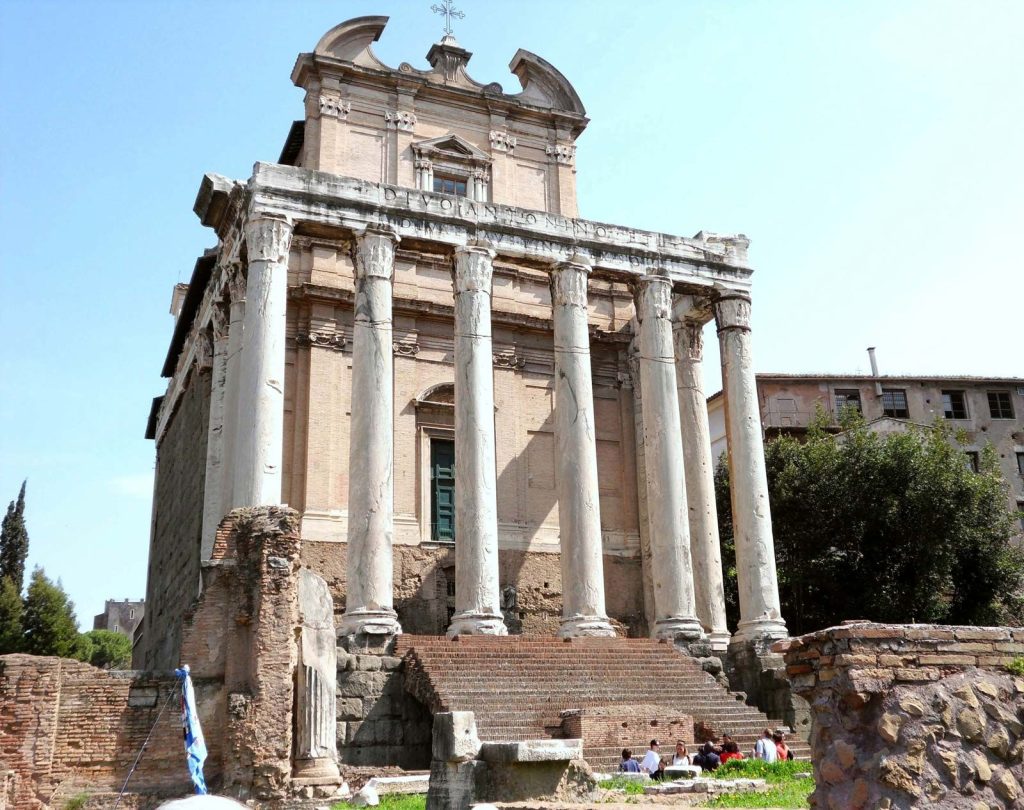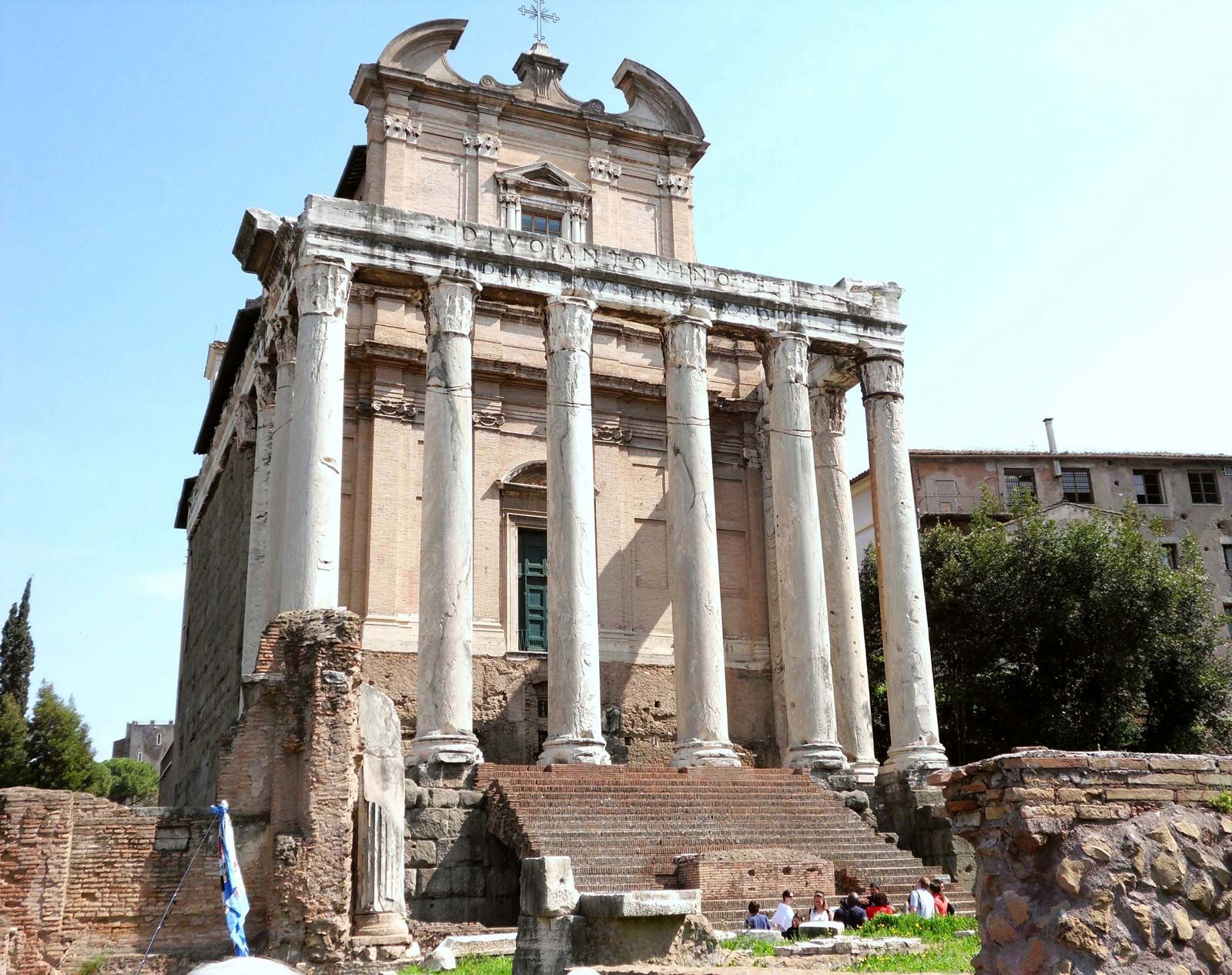
Unearthing of 3,000 Roman Coins Found in Germany, Well Outside the Historical Limits of the Empire

### Roman-Era Coins Discovered in Germany: Insights into Imperial Reach and Influence
In one of the most remarkable archaeological discoveries in recent memory, close to 3,000 Roman-era coins were uncovered in Germany, situated well beyond any established Roman borders or Germanic communities. Unearthed near the village of Herschbach in the Westerwald mountains, this treasure trove not only boasts Roman coins but also includes over 200 ornamental silver fragments—likely once components of larger decorative pieces or artistic creations. This finding provokes captivating inquiries regarding the circumstances that led to these Roman relics being interred in what was perceived as hostile territory during the 3rd century C.E.
### A Treasure from a Tumultuous Era in Roman History
The time frame from 241 to 271 C.E., during which many of these coins were produced, was characterized by considerable turmoil for the Roman Empire. The Empire contended with immense external challenges posed by Germanic tribes to the north and the Persian Empire to the east. Internally, it was a period plagued by numerous power conflicts and brief reigns of various emperors. Gordianus III (who ruled from 238-244 C.E.), whose likeness appears on the oldest identified coins, symbolizes a fleeting era of relative tranquility before his demise in conflict against Persia. Conversely, Victorinus (who ruled roughly from 269-271 C.E.), whose image is found on the youngest coins, was a prominent figure in the breakaway Gallic Empire—a political movement that wielded control over parts of the Roman provinces of Gaul, Britannia, and Hispania for nearly twenty years until it was ultimately reintegrated into the Roman Empire.
In this context, the collection of coins may have been left by soldiers, tribal chieftains, or merchants who navigated the uncertain edges of Roman authority during this chaotic period. The precise rationale behind the burying of these coins in such a secluded area remains a persistent mystery surrounding this intriguing discovery.
### The Importance of the Discovery
The recovery presents multiple layers of intrigue. Historically, Roman influence in the Germanic regions beyond the Rhine was minimal, and the Romans typically struggled to maintain long-term control over this territory following the catastrophic Battle of the Teutoburg Forest in 9 C.E., where the Roman legions experienced one of their most significant defeats. By the era when the coins in this collection were minted, around the mid-3rd century C.E., the Roman Empire had largely retreated from efforts to conquer Germanic territories.
Nevertheless, Roman culture and wealth continued to seep beyond recognized boundaries. This discovery underscores the extent to which trade, political alliances, and strategic diplomacy could stretch. Roman coins have been found scattered across Europe, indicating the adaptability, longevity, and lasting allure of Roman currency even in regions not directly governed by Roman political authority.
The find’s location provokes compelling questions. Why were these coins concealed so far from Roman lands? One key theory suggests that the Gallic Empire—an offshoot formed during the Crisis of the Third Century—might have utilized these coins as bribes to dissuade Germanic tribes from launching assaults on their territory. Alternatively, the coins could have belonged to affluent German elites who maintained diplomatic or commercial ties with the Roman Empire and subsequently buried the coins for protection.
### An Archaeological Challenge: Poor Preservation
Regrettably, the deteriorated state of the coins renders their identification particularly challenging. To date, only 100 of the nearly 3,000 coins have been completely cataloged. Many of the coins, along with the ceramic vessel in which they were interred, have suffered degradation from centuries of moisture and changing environmental factors. Despite these obstacles, the identification process has already shed valuable chronological insights, dating the burial to the early 270s C.E., during the reign of Gallic emperor Victorinus.
Moreover, the hoard included not only coins but also finely crafted silver fragments, though poorly preserved. These silver items were likely ornamental components from Roman artifacts, hinting that those who buried the coins intended to safeguard treasures of significant value. This suggests that the owners may have planned to return for the hidden bounty but were ultimately unable to do so—leaving behind a time capsule for contemporary archaeologists to uncover.
### A Collection of Questions Awaiting Resolution
Although the specific conditions surrounding this hoard’s burial remain ambiguous, such findings illuminate the complexity of the Roman Empire’s engagements with “barbarian” territories. Were these coins employed as diplomatic tokens, military remuneration, or bribes to cement political alliances between Roman and Germanic leaders? Or did they function as commercial currency used by traders traversing perilous routes connecting the heart of Rome with more remote lands?
One thing is certain: the discovery presents an exhilarating prospect for further exploration and investigation. Archaeologists and historians are keen to engage in additional study.